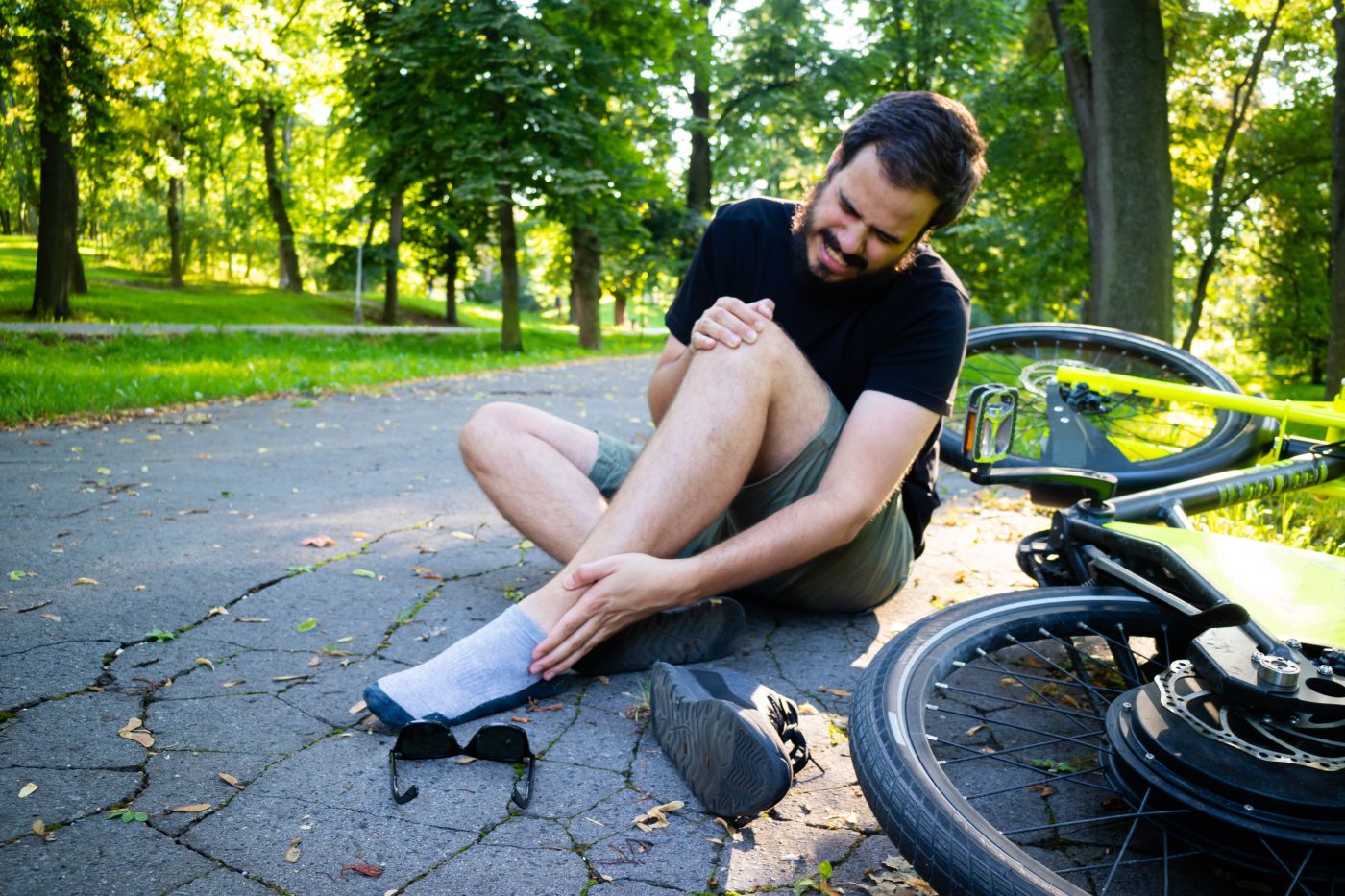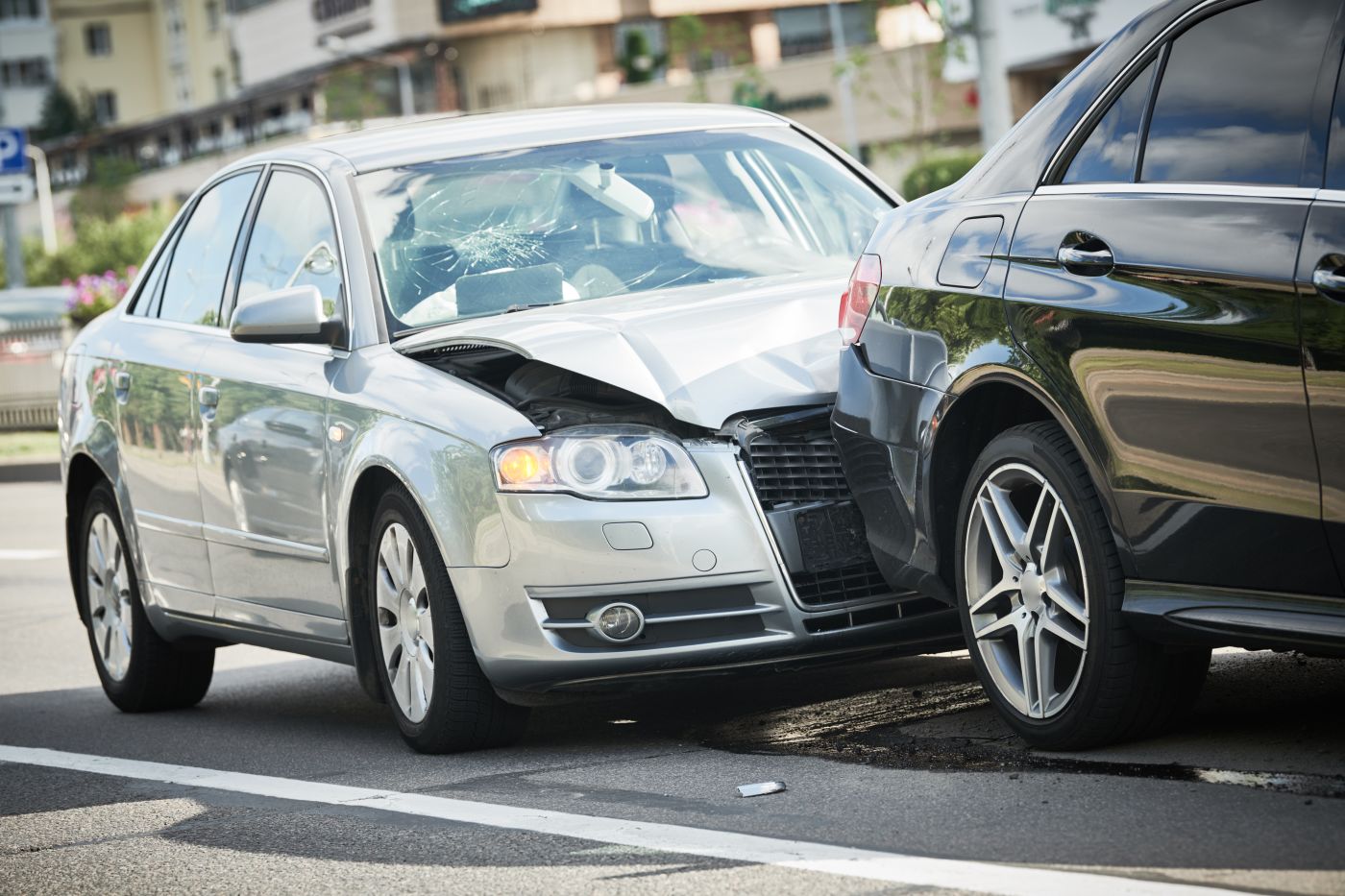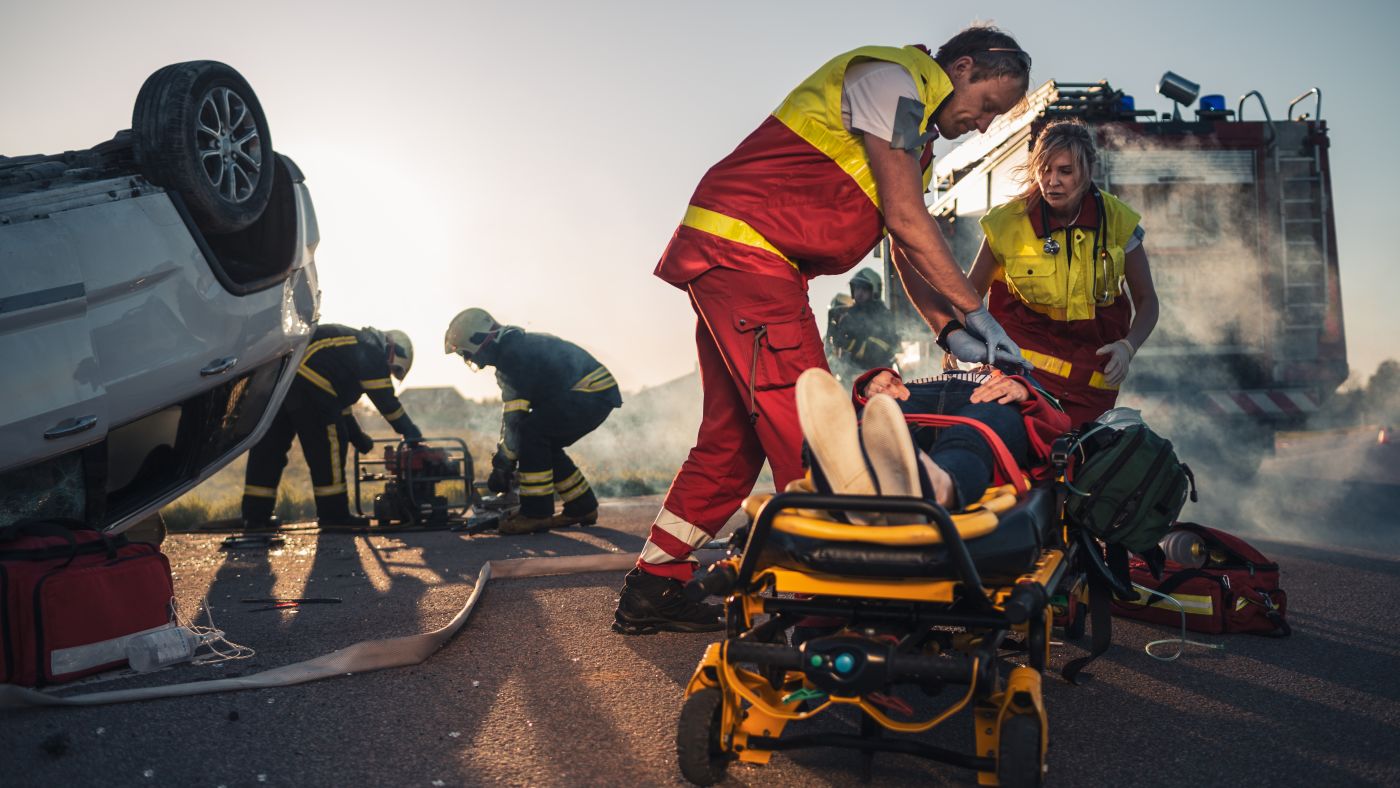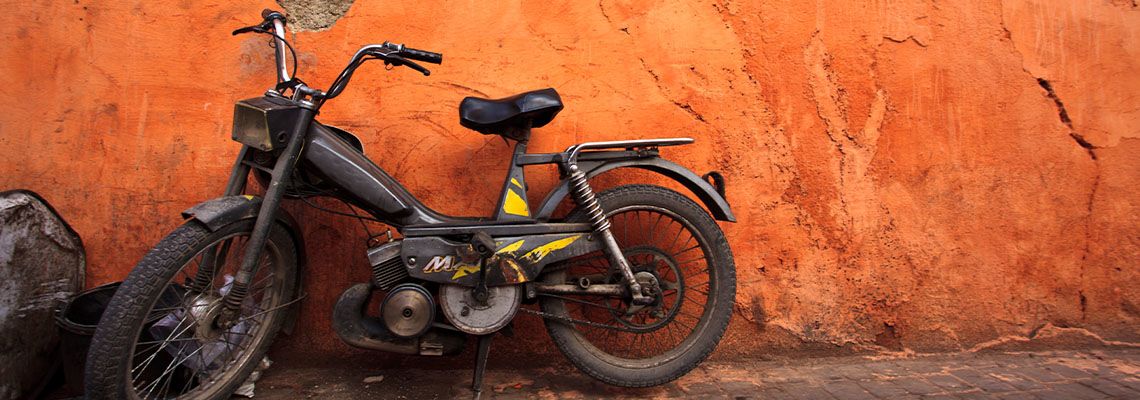Cyclist and pedestrian accidents are an unfortunate reality in many cities. With more people opting to cycle for transport and exercise, and pedestrian traffic remaining steady, interactions between cyclists and pedestrians are increasing. This can lead to accidents, injuries, and the tricky question of who is at fault and liable.
This article will examine cyclist versus pedestrian accidents, look at liability and fault, and provide tips to prevent accidents. We’ll also explain how a personal injury lawyer can help you if you’re unfortunately involved in one of these accidents.
Rules of the Road for Cyclists and Pedestrians
To determine liability in cyclist versus pedestrian accidents, we first need to understand the rules of the road for both groups.
Cyclist Rules
In most states, bicycles are considered vehicles when ridden on public roads. This means cyclists must follow the same traffic laws as motorists, including:
Obeying traffic signs and signals
Riding in the direction of traffic
Yielding right-of-way when required
Using hand signals when turning or stopping
Having proper lighting at night – white light in front, red reflector or light in back
Additionally, there may be special rules for cyclists:
Riding as far to the right as safely possible
Using bike lanes or paths when available
Allowing pedestrians to have the right-of-way on shared use paths
Pedestrian Rules
Pedestrians also have road rules they need to follow:
Crossing at intersections and designated crosswalks
Obeying pedestrian crossing signals
Yielding to drivers when crossing outside of crosswalks
Walking on sidewalks or shoulders facing traffic when no sidewalks are available
Avoiding distractions like phones when walking near traffic
Understanding these rules provides a framework for determining fault in accidents so it’s worth making sure you adhere to the rules of the road or sidewalk whenever possible.
Cyclist vs Pedestrian Accident Liability
When a cyclist hits a pedestrian, there are a few factors that determine who is liable:
Cyclist Liability
Cyclists must yield right-of-way to pedestrians in the following situations:
When pedestrians are crossing at intersections or crosswalks, either marked or unmarked
When pedestrians are crossing residential streets outside of crosswalks
When riding on shared use paths and pedestrians are present
If a cyclist hits a pedestrian in these situations, the cyclist is usually liable for any injuries and damages. Cyclists are also liable if they are riding recklessly, distracted, or disobeying other traffic laws.
Pedestrian Liability
Pedestrians can also be held liable if they act negligently and cause an accident with a cyclist. Situations where pedestrians may be liable include:
Crossing outside of a crosswalk on a busy street
Darting out suddenly into the road
Walking on the wrong side of a shared use path
Being distracted by a cell phone or headphones
If a cyclist is following the rules of the road and a pedestrian acts negligently, causing an accident, the pedestrian may be liable.
Shared Liability
Sometimes, liability is shared between the cyclist and the pedestrian. For example, if a cyclist is speeding and a pedestrian crosses without looking, they may share fault. The percentage each party is liable for will depend on the specific circumstances leading to the accident.
Preventing Cyclist vs Pedestrian Accidents
While liability often focuses on fault after an accident, the best outcome is preventing accidents in the first place. Here are some tips for cyclists and pedestrians to improve safety:
Tips for Cyclists
Ride predictably and follow the rules of the road
Be extra vigilant at intersections, crosswalks, and share use paths
Announce yourself audibly when passing pedestrians
Use eye contact to communicate with pedestrians
Slow down and yield to pedestrians when required
Use lights and reflectors when riding at night or in low light conditions
Keep distractions to a minimum by avoiding headphones and mobile devices while cycling
Tips for Pedestrians
Cross at marked crosswalks when available
Look both ways and establish eye contact with cyclists before crossing
Avoid distracted walking near bicycle traffic by putting phones and headphones away
Be predictable; don’t make sudden moves into the road
Stay to the right on shared use paths
Make yourself visible with bright clothing during the daytime and reflective gear at night
Watch for cyclists when stepping onto bike paths and shared use trails
Safety Initiatives and Infrastructure Improvements
In addition to individual precautions, cities can improve cyclist and pedestrian safety through initiatives and infrastructure:
Adding more bike lanes, paths, and share use trails to separate cyclists from traffic
Installing bike boxes, signals, and turn lanes at busy intersections
Improving sidewalk quality and installing pedestrian islands
Increasing lighting and crosswalk markings for visibility
Running public safety campaigns on sharing the road
Adding traffic calming measures like speed bumps and narrower lanes
Expanding bike share programs to reduce vehicular traffic
Enforcing laws prohibiting distracted walking/cycling
Improved urban design and awareness campaigns create safer conditions for cyclists and pedestrians to reduce accidents.
Seeking Compensation After an Accident
If a cyclist-pedestrian accident occurs due to another party’s negligence, the injured person may be entitled to compensation. A personal injury lawyer can help the injured party pursue a legal claim to recover damages such as:
Lost income
Rehabilitation costs
Pain and suffering
Property damage
Loss of enjoyment and activities
An experienced personal injury lawyer will investigate the accident, determine fault, negotiate a fair settlement or take the case to court if needed. They have a deep understanding of liability laws and transportation regulations in your jurisdiction. An attorney will handle all legal matters so the injured person can focus on recovery.
Cyclist and pedestrian accidents can lead to serious injuries and disputes over liability. Following the rules of the road, being alert, pursuing infrastructure improvements, and seeking legal counsel if necessary can help improve outcomes for all. Staying safe requires a collaborative approach between all road users.
If you’ve been injured in a cyclist vs pedestrian accident that wasn’t your fault, we can help. You can visit our office at 700 Bishop St, Ste 2100, Honolulu, HI, 96813.
Or call us today for a free consultation.




